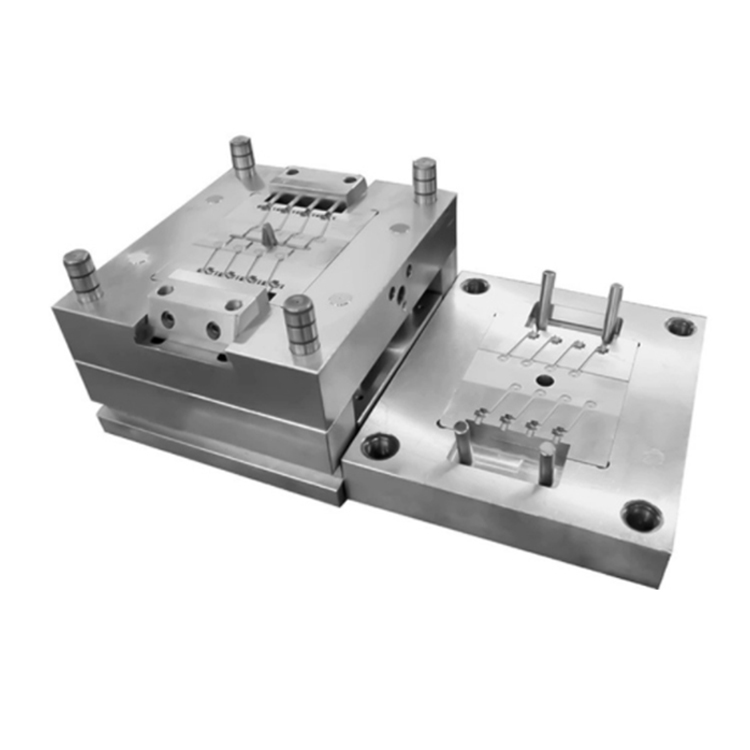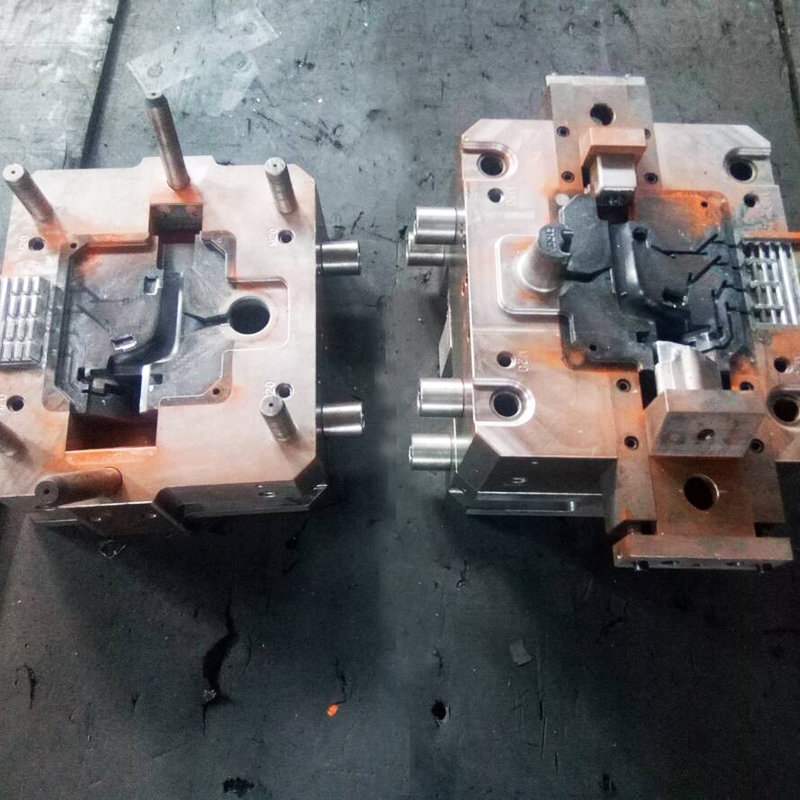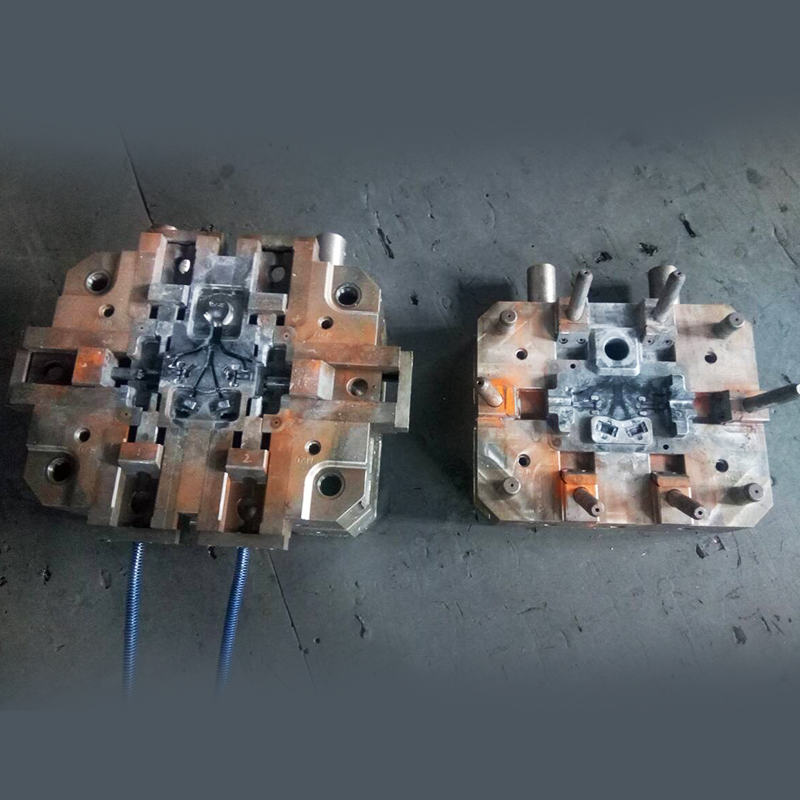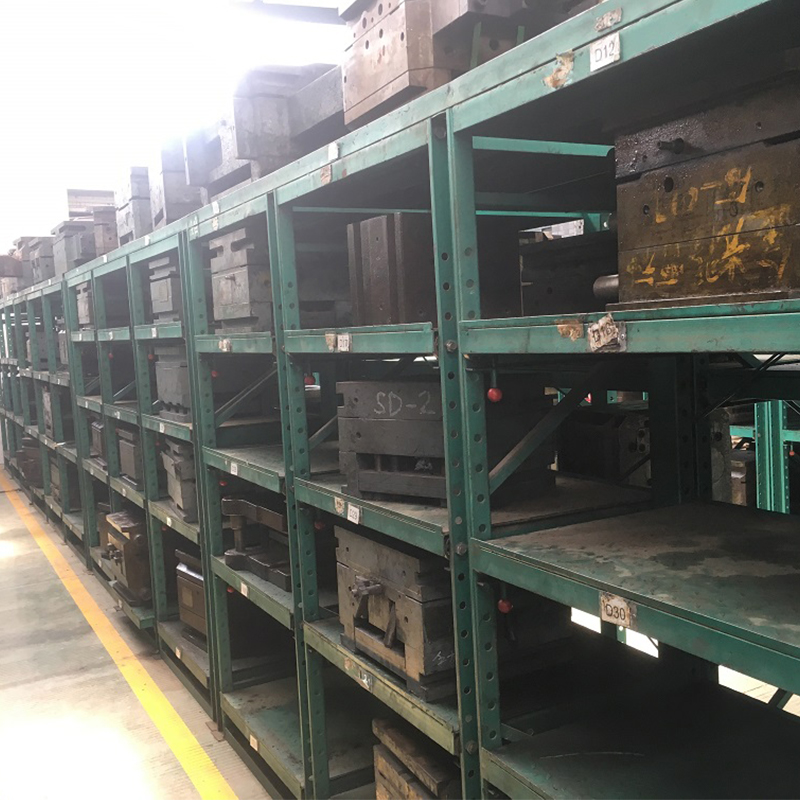Aluminum Die Casting Parts Comprehensive Details
Aluminum die casting is an industrial process where molten metal is pressed into a mold cavity to create high-quality, accurate, and valuable parts used in various sectors. Here are the comprehensive details regarding aluminum die casting parts:
-
Design: Design plays a vital role in the die-casting procedure for aluminum parts as it sets the foundation for the entire production process. The design determines the size, shape, and feature requirements of the item and influences the necessary equipment and production processes. CAD software or physical prototypes can be used for designing. Important design considerations include draft angles, wall thickness, ribs, caps, edges, curves, gating, and undercuts, as they impact the part's quality and manufacturability. Engineers optimize the design for mass production and ensure it meets performance criteria and the unique characteristics of aluminum.
-
Mold Design: Once the part design is finalized, a mold needs to be created. The quality and uniformity of the final product depend on the mold design. The mold consists of two parts with voids that mirror the intended part's shape.
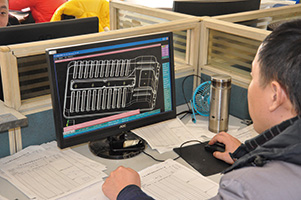
-
Mold Construction: After the mold design phase, mold fabrication begins. Typically, molds are made of materials like copper, aluminum, or steel. The mold must withstand high temperatures and pressure without damage. It should be easy to open and close for part removal. Strong materials resistant to wear and corrosion are used for mold construction. The mold is thoroughly checked to ensure it meets the necessary criteria for producing parts.
-
Melting: In the casting cycle, aluminum is melted and then transferred to a storage furnace. The holding furnace maintains the temperature of the aluminum and continuously supplies molten metal to the die-casting machine.
-
Die Casting: Under high pressure, the molten metal is injected into the mold cavity. The pressure ensures the cavity is completely filled, resulting in uniform dimensions and attributes of the final product.
-
Cooling: The mold is cooled using water or oil to solidify the aluminum. Once the liquid metal in the component cools and solidifies, the mold's two sections are separated, and the parts are extracted.
-
Finishing: The final part may require additional finishing procedures such as trimming, shaving, or surface treatment to remove excess material or enhance its appearance.
-
Inspection: Inspection is essential in the aluminum die casting process to ensure the parts meet quality requirements, industry standards, and customer satisfaction. Various inspection tools, including coordinate measurement machines (CMMs) and automated visual methods, are used to check for flaws or dimensional irregularities.
Cost Considerations of Aluminum Die Casting Parts in Production: When producing aluminum die-cast parts, several cost factors should be considered:
-
Material Cost: The price of aluminum alloy materials is a significant manufacturing cost factor. The cost varies based on global demand and supply. It's important to select the appropriate alloy based on your objectives and market prices.
-
Tooling Cost: The cost of tools used for aluminum die-casting can be high due to the skill required to create accurate and consistent parts.
-
Labor Cost: The specialized personnel involved in design, material handling, and quality inspection contribute to the overall labor cost.
-
Energy Cost: The die-casting process requires a significant amount of energy, and the price of electricity impacts production costs. Regional power laws and renewable energy sources can affect costs.
-
Post-Processing Cost: Any additional post-processing procedures like coating, machining, polishing, or trimming can increase the final cost of aluminum die-cast parts.
Advantages of Using Aluminum Die Casting Parts in Manufacturing:
-
Lightweight and Strong: Aluminum die-casting parts are lightweight yet strong, making them ideal for applications where strength and weight reduction are crucial. They offer the same rigidity and durability as steel parts but at one-third of the weight.
-
High Accuracy: Die casting allows for the production of highly precise components with minimal errors. Complex designs and patterns that are difficult to achieve with traditional production methods can be created using die-cast molds.
-
Cost-Effective: Aluminum is a cost-effective material, and die casting is suitable for large-scale production, making it an economical choice for manufacturing parts.
-
Versatility: Aluminum die-casting parts can be produced in various shapes, dimensions, and grades, making them suitable for a wide range of applications.
-
Corrosion Resistance: Die-cast aluminum parts have excellent corrosion resistance, enhancing their durability and lifespan. They can withstand exposure to adverse conditions, including heat, moisture, and exposure to toxins.
-
Recycling: Aluminum die-casting parts are environmentally friendly as they are reusable and recyclable, contributing to sustainability efforts.
Final Remarks: The process of producing aluminum die-casting parts involves various phases and cost considerations. Thorough analysis is crucial to ensure maximum benefits and optimize the use of aluminum die-casting components for specific applications.
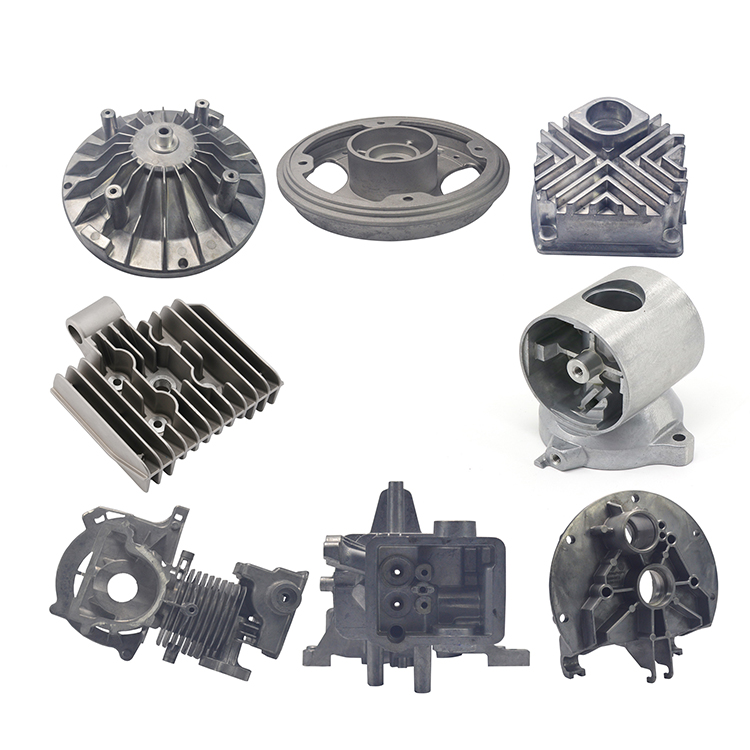
Ningbo Fuerd was founded in 1987 and is a leading full-service die Casting Tooling, aluminum die casting, zinc die casting, and Gravity casting manufacturer. We are a solution provider offering a wide array of capabilities and services that include engineering support, designing, molds, complex CNC machining, impregnation, tumbling, chrome, powder coating, polishing, assembly, and other finishing services. We will work with you as partners, not just suppliers.
NINGBO FUERD MECHANICAL CO., LTD
Website: https://www.fuerd.com
